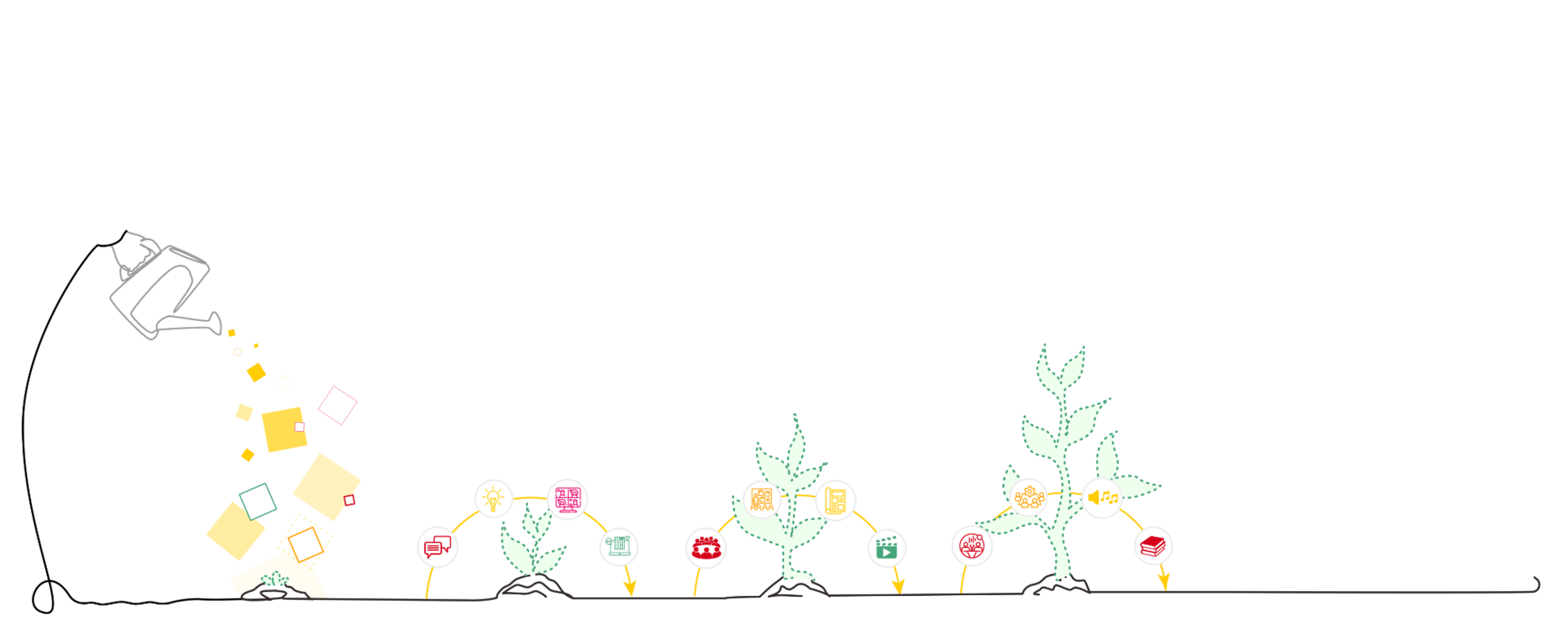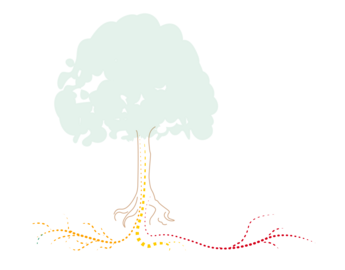In this lesson, you will have the opportunity to reflect on the alignment of your teaching and learning scholarship to the key principles of SoTL. These principles are typically embedded in grant applications, such as the University of Calgary Teaching and Learning Grants program.
There are many step-by-step guides and resources available to help with planning a SoTL project. We recommend that you first use one of the following guides to develop your project, and then return to this lesson to further reflect on your project’s alignment.
Lesson Checklist
- Reflect on and set goals for you own SoTL practice
- Prepare a study design and funding proposal that aligns with principles of SoTL
Inspiration & Examples: University of Calgary Teaching and Learning Grants
Each year, scholars from across campus receive support for their SoTL work through the University of Calgary Teaching and Learning Grants. You can learn more about the program, view the application requirements, and explore the work of past recipients here.
Identifying a Question or Goals Situated in Context
When conducting a SoTL project, many different topics and goals can be explored, including teaching methods, revising the curriculum, incorporating innovative technology into teaching approaches and assessing student achievement. Choosing a SoTL topic often begins with reflection on your local teaching and learning context.
Ideas will likely also align with curriculum review findings or action plans, strategic plans or initiatives, or academic plans. For example, for the University of Calgary Teaching and Learning Grants program, a list of focus areas is provided each year to help applicants identify how their SoTL can contribute to wider conversations and campus efforts.
Grounding Your Work and Planning SoTL Activities
Once you have identified a general topic area, a literature review will help you to:
- Better understand and ground your project in current knowledge on your topic
- Identify the best methods to approach your question
SoTL research methodologies are diverse, and practices can vary within and among disciplines. You can start with a literature review to identify the best methods to approach your question. Reading what others have done within your discipline or topic area will allow you to identify what is known, and how that understanding has been generated. Using methods and tools previously used will also allow you to add ongoing conversations. Developing your methods is an iterative approach, and you will want to continue re-defining your research questions as you determine your methods.
A few of the most common methods that newcomers to SoTL use are surveys, evaluating student work, interviews, focus groups, or case studies. A description of these methods with links to research guides is available through the SoTL LibGuide.
For the UCalgary community, a TFDL SoTL librarian is available to assist with finding literature and methodologies (set up an appointment below)
- Three Steps to Planning a SoTL Lesson Study
- Qualitative Journeys (University of Melbourne)
- Critical Reflection as Online Educators
- Snapshot: Lessons Learned (Taylor Institute)
- Snapshot: Student Partners in Online Teaching and Learning (Taylor Institute)
- Methodological Considerations for SoTL Research (Taylor Institute)
Students as Partners
Partnering with students is a core principle of good practice in SoTL, and exciting possibilities are available when students are given opportunities to collaborate in this work. Harrington et al. (2014) illustrate four interconnected areas where students can be engaged as partners in teaching and learning. The work of students conducting scholarship in teaching and learning can incorporate curriculum design and pedagogy development, learning and assessment and subject-based research and inquiry.
There are many examples of successful SoTL partnerships, and the goal is to design the most meaningful and well-aligned partnership model for your project. A few examples include:
- Providing feedback on course activities, assessments, course design, or programs through exit surveys, class representative meetings, mid-semester feedback, end-of-term feedback, formal surveys, interviews or focus groups
- Proposing teaching and learning questions, ideas for teaching innovations, or curriculum revision
- Co-designing learning activities, assessments, courses, or curriculum
- Co-teaching lessons or courses
- Being members of working groups, committees, or advisory boards
- Conducting literature reviews, environmental scans, or analyzing available evidence
- Collaborating as a researcher in SoTL
In this video, Randy Bass (Georgetown University); Sophia Abbot, Hayley Burke, Huipu Li, Roselyn Appenteng, Alicia Walker, and Alison Cook-Sather (all of Bryn Mawr College); Mick Healey (Higher Education Consultant and Researcher); and Carmen Werder and Kara Yanagida (Western Washington University) discuss the benefits of integrating student voices into scholarship of teaching and learning (SoTL) projects.
Equity, Diversity, Inclusion, and Accessibility in SoTL Scholarship
Equity, diversity, inclusion, and accessibility (EDIA) are core values of SoTL. Using an EDIA- framework for your SoTL work will promote representation, students’ voices, and diverse partnerships in research, teaching, and learning.
SoTL scholars incorporate EDIA principles in their work in many ways, including consideration of the questions asked, participation and recruitment onto the research team, how research is conducted, and what avenues will be used to share learnings. A good starting point is for your SoTL team to engage together in education and professional development as part of your work.
Sharing your SoTL learnings
Your SoTL work will have many impacts. For a number of projects, the largest impact will be felt by students engaged in the educational innovations or improvements that arise from SoTL practice. SoTL work is also important because it inspires others beyond individual courses. When designing your project, you can consider all of the ways that your work can make a difference. SoTL scholars share their work with students, staff, faculty, and administrators through seminars, workshops, open education resources, blogs, podcasts, conferences, book chapters and journal articles.
See Lesson 1 ‘Get Involved’ for many examples of how work can be shared.
References
Healey, M., Matthews, K. E., & Cook-Sather, A. (2019). Writing scholarship of teaching and learning articles for peer-reviewed journals. Teaching and Learning Inquiry, 7(2), 27–50. https://doi.org/10.20343/teachlearninqu.7.2.3
Hutchings, P. (2000). Approaching the scholarship of teaching and learning. In Opening lines: Approaches to the scholarship of teaching and learning (pp. 1–10).
Amundsen, C., Emmioglu, E., Hotton, V., Hum, G., & Xin, C. (2016). The intentional design of a scholarship of teaching and learning initiative. New Directions for Teaching and Learning, 146, 31–38. https://doi.org/10.1002/tl.20184
Gurung, R. A. R., & Wilson, J. H. (Eds.). (2014). Doing the scholarship of teaching and learning, measuring systematic changes to teaching and improvements in learning: New directions for teaching and learning, number 136 (Vol. 136). John Wiley & Sons. https://ebookcentral-proquest-com.ezproxy.lib.ucalgary.ca/lib/ucalgary-ebooks/detail.action?docID=1589138
Seidel, S. B., & Tanner, K. D. (2013). “What if students revolt?”: Considering student resistance: Origins, options, and opportunities for investigation. CBE Life Sciences Education, 12(4), 586–595. https://doi.org/10.1187/cbe-13-09-0190
McKinney, K. (2012). Increasing the impact of SoTL: Two sometimes neglected opportunities. International Journal for the Scholarship of Teaching and Learning, 6(1), 1–6. https://doi.org/10.20429/ijsotl.2012.060103
Add full citation to the last reference since there’s only a link:
Hubball, H., & Clarke, A. (2010). Diverse methodological approaches and considerations for SoTL in higher education. The Canadian Journal for the Scholarship of Teaching and Learning, 1(1). https://doi.org/10.5206/cjsotl-rcacea.2010.1.2




